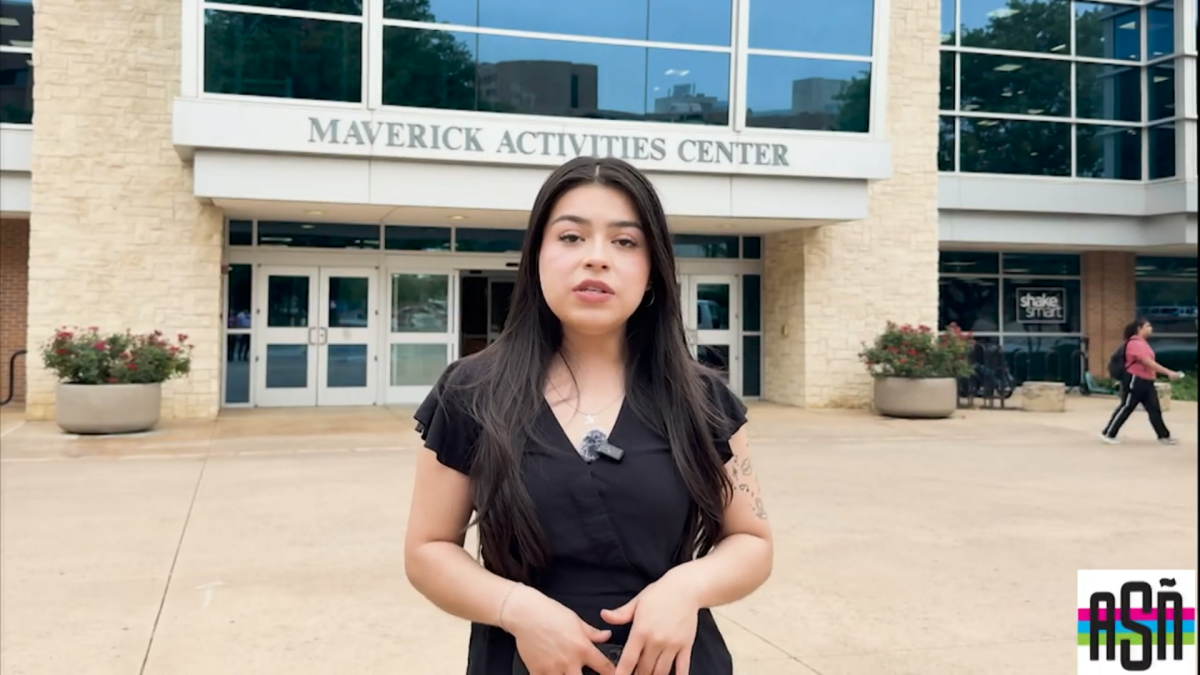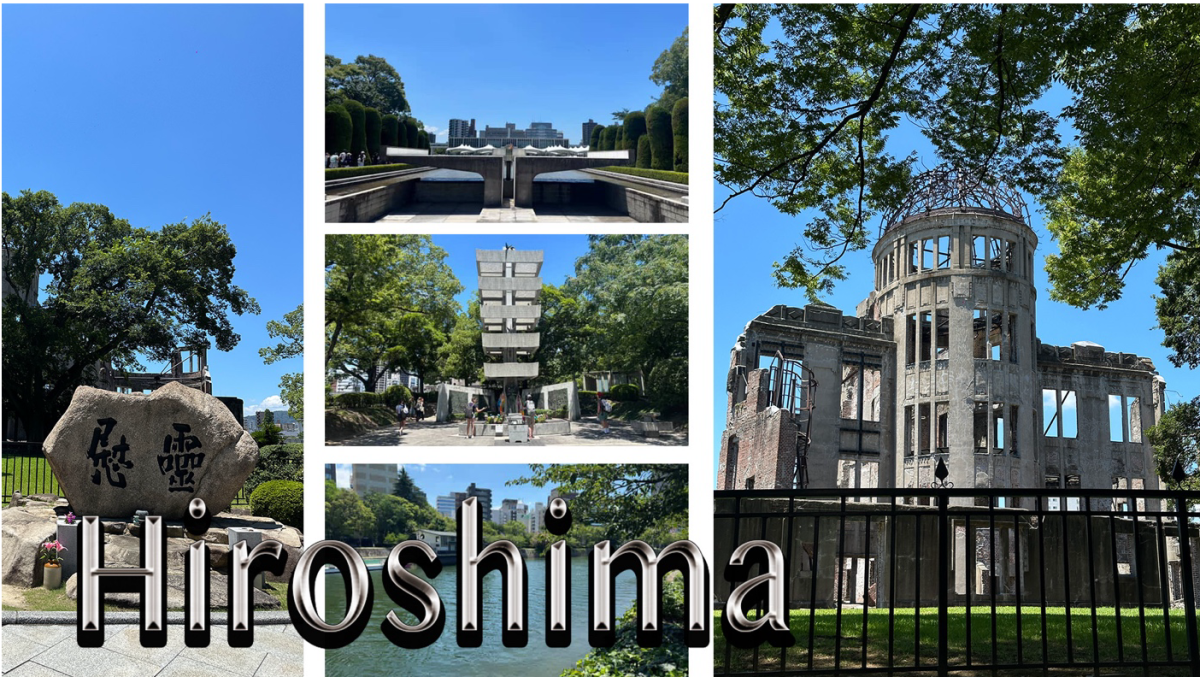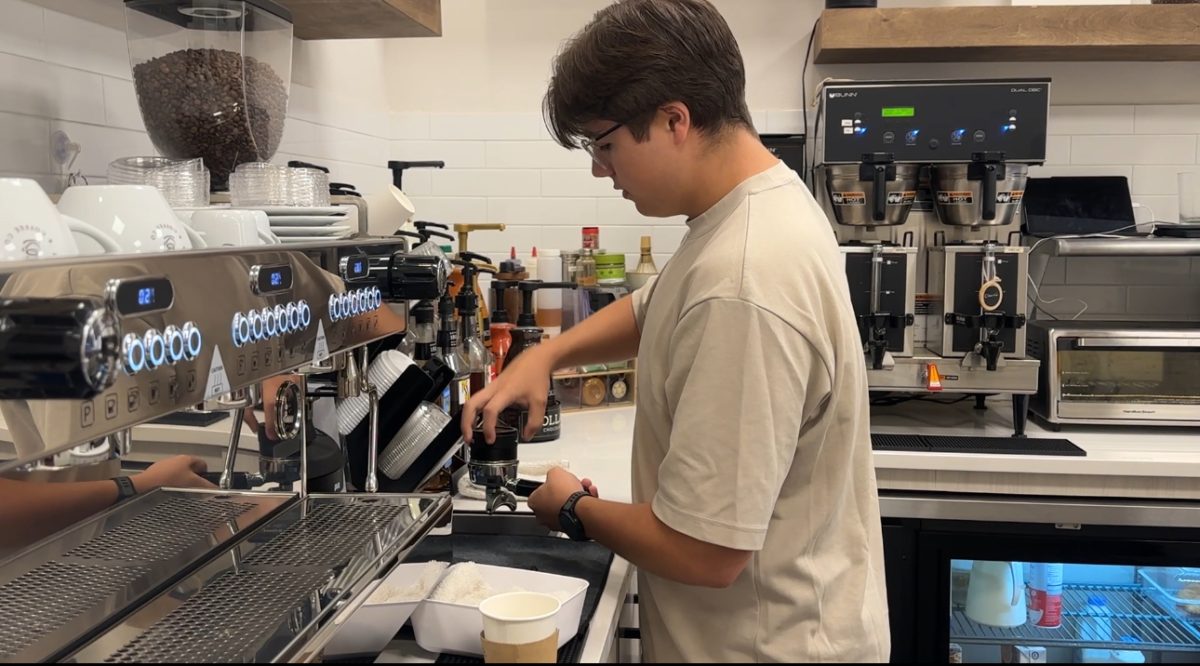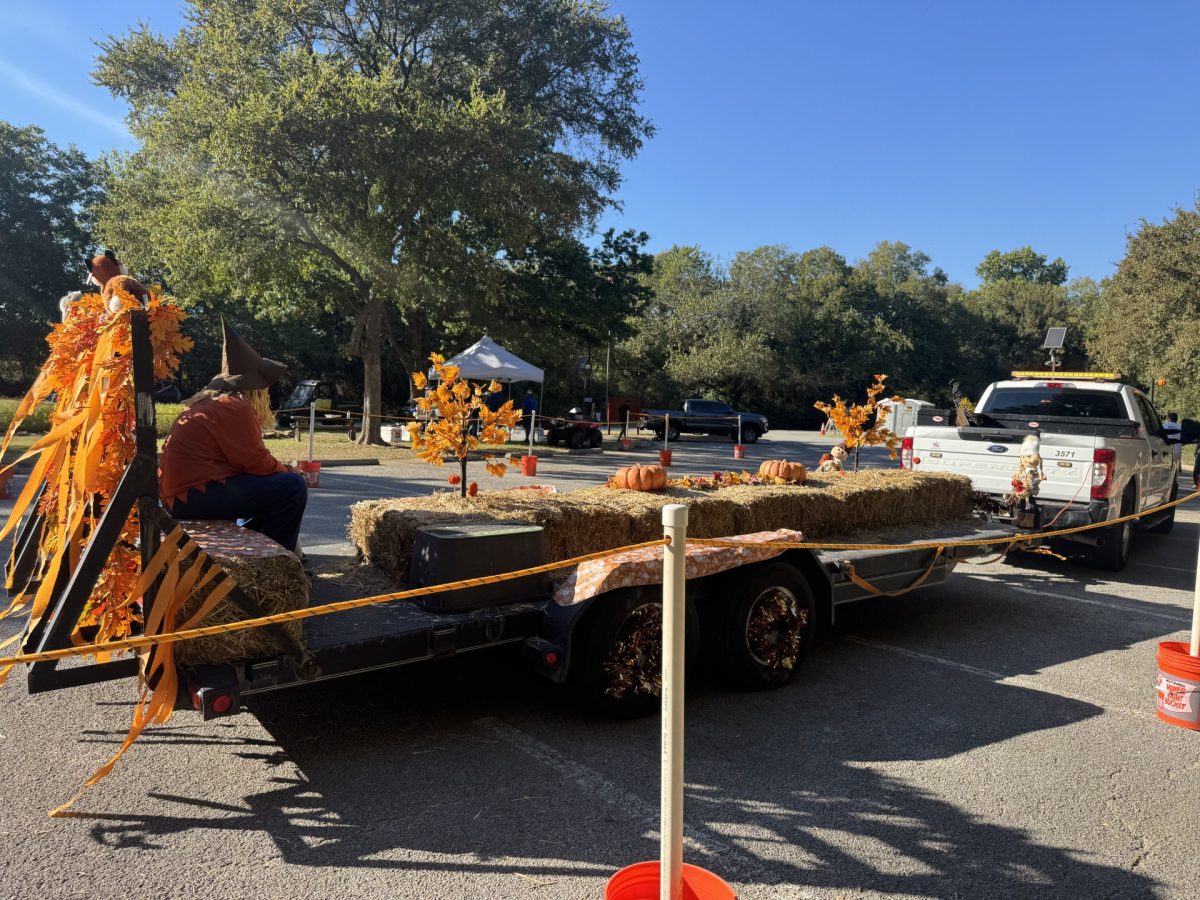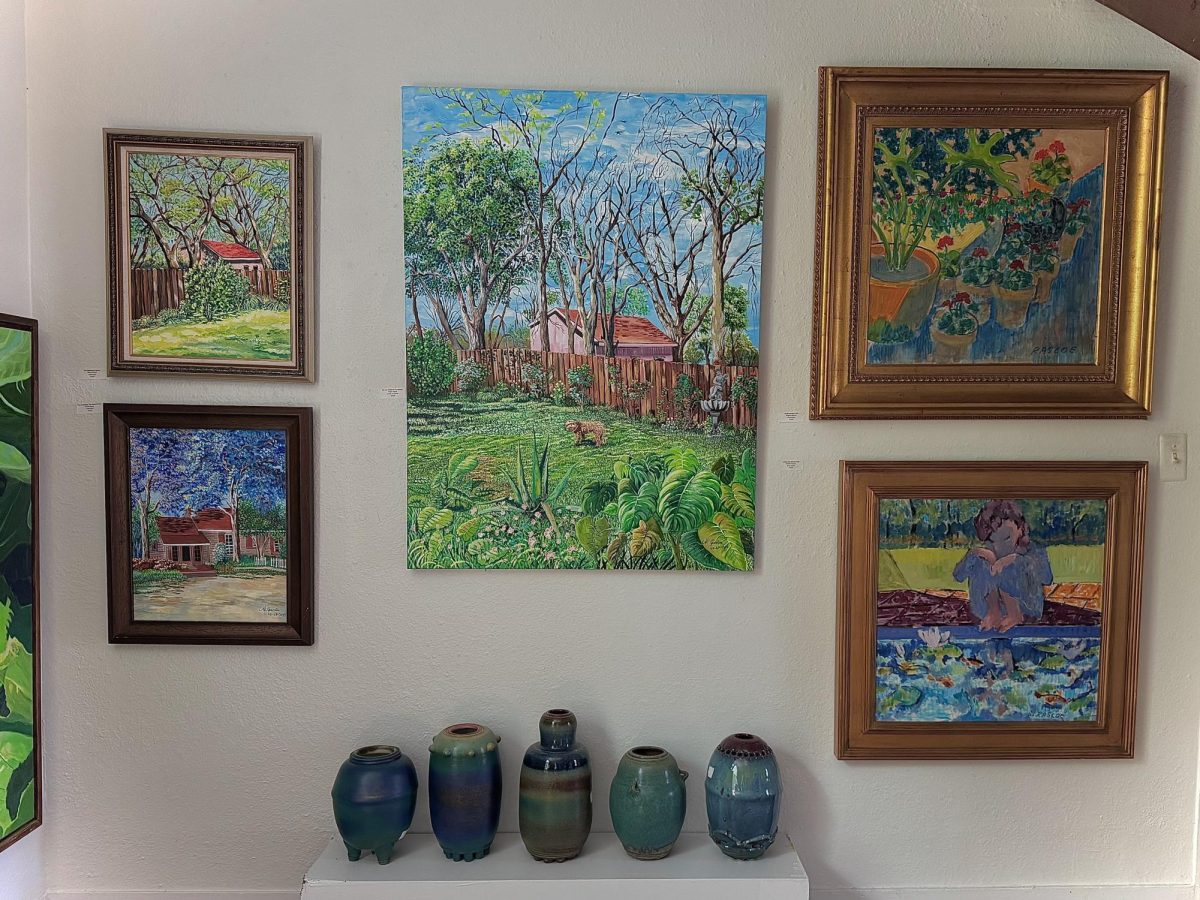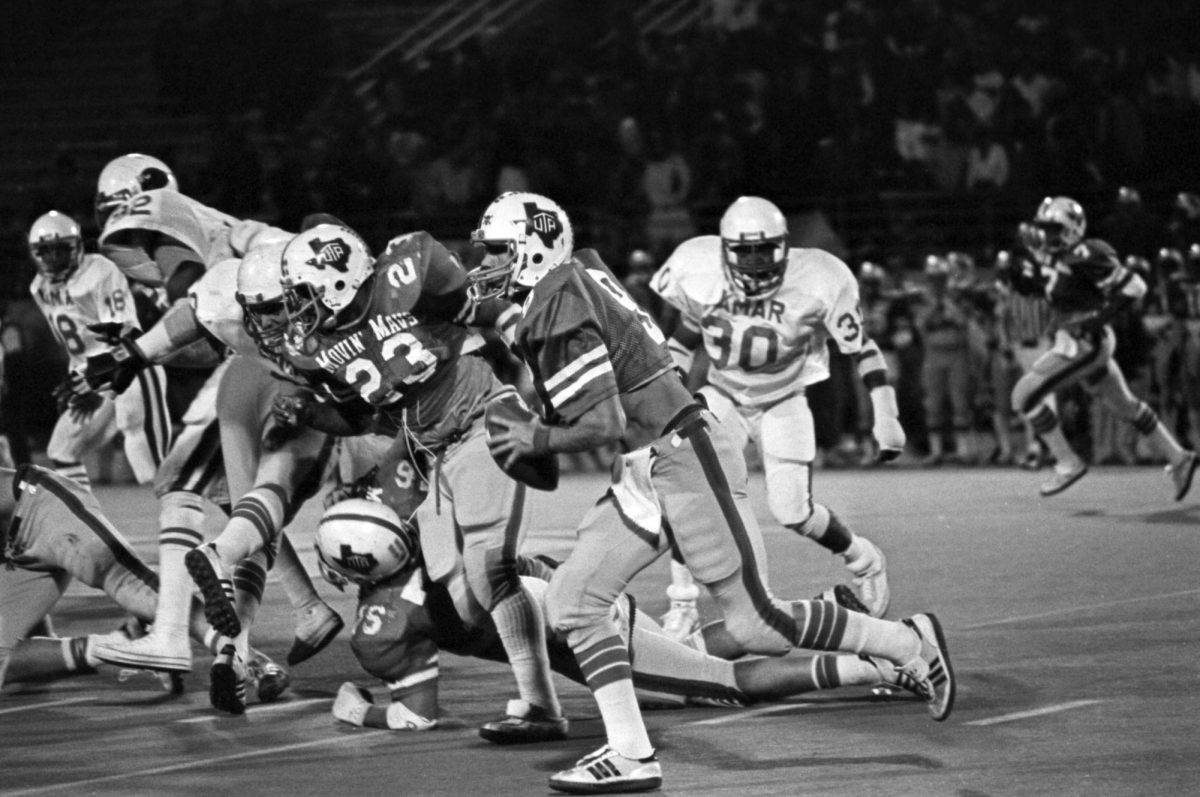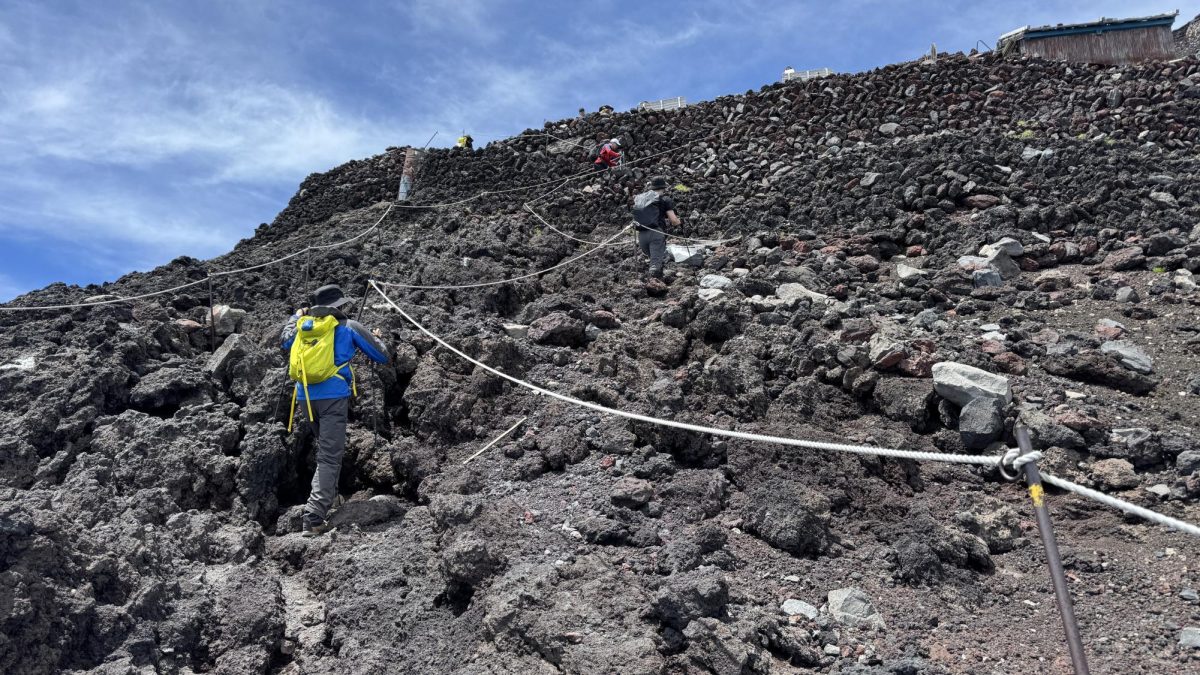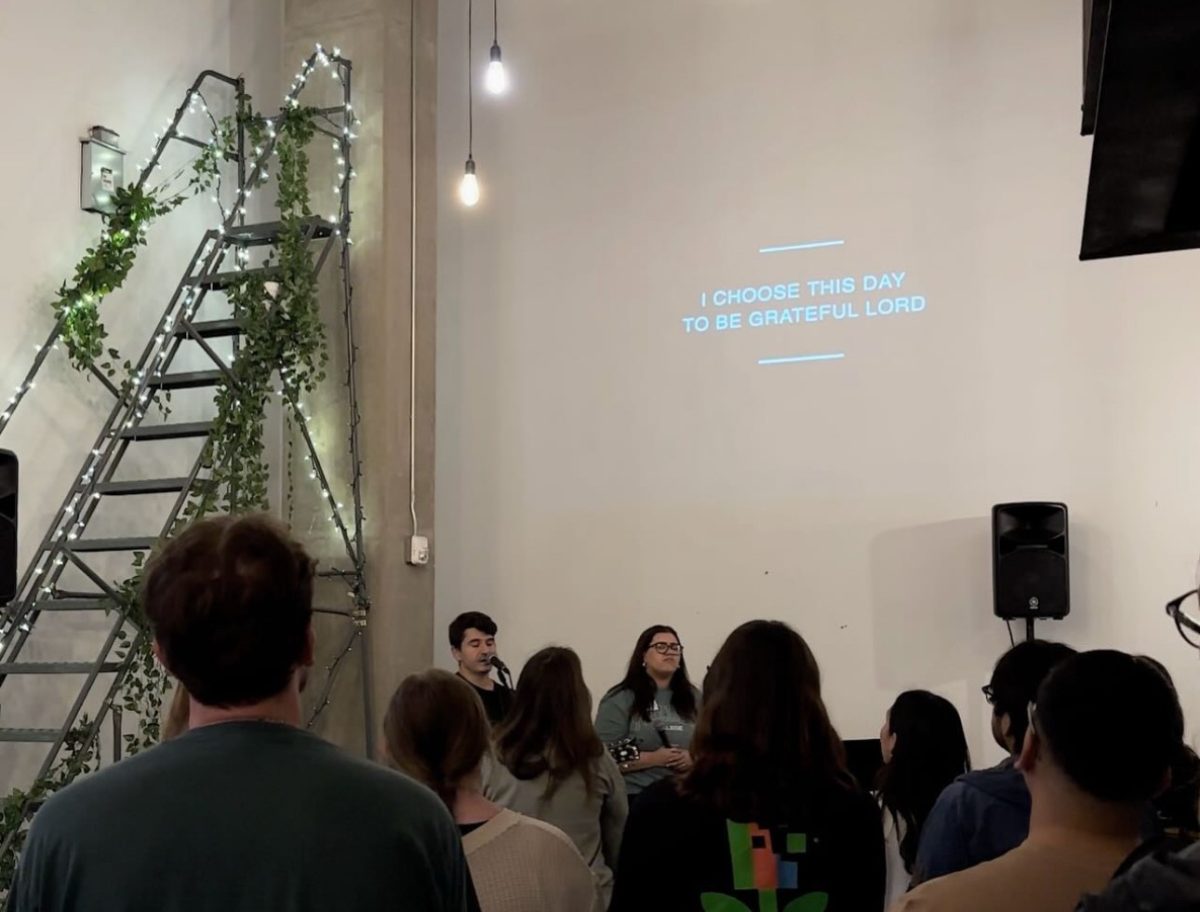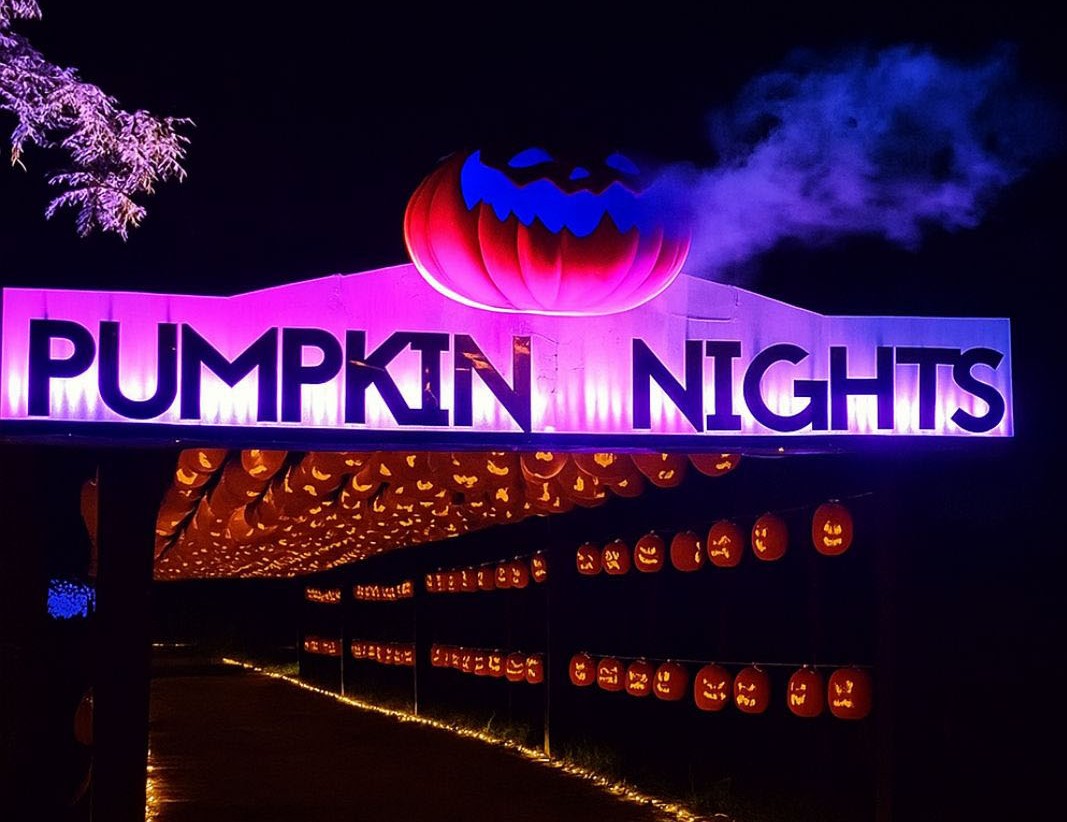KAMAKURA, Japan—Kamakura Kimono Rental Waraku provides visitors and locals alike the opportunity to appreciate Japanese culture.
Kimonos—and the lighter-fabric yukatas for summer wear—are traditional Japanese apparel. Kimonos tend to be reserved for more formal occasions, like weddings and tea ceremonies, while yukatas are more prevalent at summery outdoor events, like fireworks displays and festivals.
Yukatas began as robes worn by nobility in the late 1100s after bathing in hot springs. As a word, yukata is a shortened form of yukatabira, which translates as “bathing cloth.” Today, yukatas are a common sight in warmer months throughout Japan and across the socioeconomic spectrum.
Kimono rental stores like Kamakura Kimono Rental Waraku allow visitors to drape themselves in Japanese finery and experience traditional Japanese clothing.
Summertime patrons of Kamakura Kimono Rental Waraku ascend a long staircase to the sometimes crowded second-floor store, where they are greeted by an array of shelves and racks displaying obis, yukatas, and hair accessories for women.
Yukatas come in a variety of colors and patterns, each of which holds separate traditional meanings. There are six different traditional yukata patterns called asanoha, botan, shippō, ume, yukiwa and seigaiha. Asanoha symbolizes growth, botan symbolizes happiness, wealth and stability, and shippō symbolizes the seven treasures and harmony. The symbolism shown in the ume pattern is safe childbirth, while yukiwa signifies the cold. Lastly, the seigaiha pattern represents the blue ocean.

Although the yukata colors and patterns carry traditional meanings, it is not uncommon for patrons to select a yukata based on their personal style.
After choosing a yukata, stylists will assist with the dressing process. Stylists provide women with an inner shirt to wear as a base layer, while men are provided with undergarments. Stylists then help patrons put on the yukatas, which are held in place with a korin belt and a koshi-himo (a thin string).
Stylists secure an obi-ita (thin board) over the belt to help maintain the yukata’s shape, providing a template for the fabric belt, or obi, that is worn around the waist and tied in back in a decorative knot. Patrons select an obi to match the yukata.
Both women and men get to carry a traditional Japanese drawstring bag to carry their belongings, and women can choose from a variety of colors and sizes.
Women can choose a hair accessory to match the yukata and can even get their hair styled.
A Japanese custom is no shoes indoors so visitors must choose their shoes outside. The traditional footwear for yukatas is geta, thick wooden sandals that can be uncomfortable to walk in for those accustomed to sneakers, but normal shoes are not acceptable to wear when wearing a yukata.
Men’s getas are wider than the women’s version and typically come in a smaller color variety.
Once dressed, visitors can explore the town in their chosen yukatas. If renting as a group, patrons can watch as each friend descends the staircase in a yukata that perfectly fits each individual’s personality.
With Kamakura’s endless options for passing time, visitors can enjoy a treat such as ice cream, shaved ice, matcha or pastries, or they can window shop the many stores in the area.
Many Japanese locals enjoy watching foreigners dressed in yukatas and will take pictures as the visitors explore the town in traditional wear.





